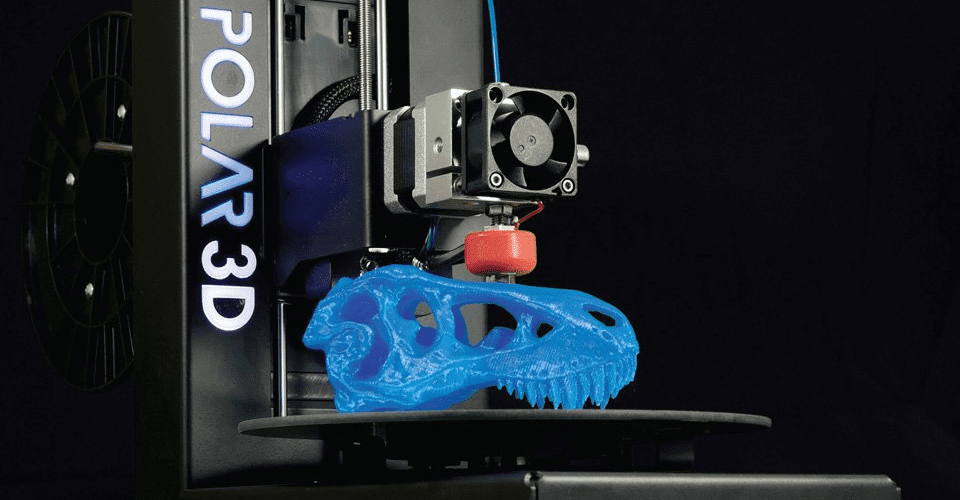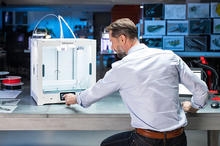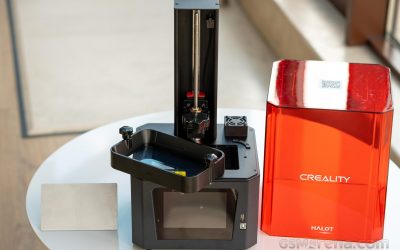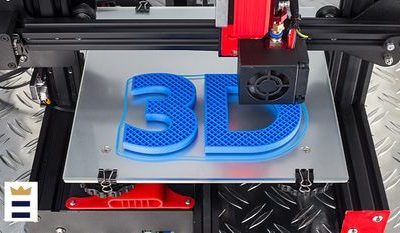Polar 3D printers fall under Fused Filament Fabrication (FFF) 3D printing. Like the more established Cartesian and delta 3D printers, they also use thermoplastic material. But unlike those other FFF 3D printers, they have a rotating circular print bed or build platform and use a polar coordinate system instead of a Cartesian coordinate system.
In a polar coordinate system, the points are determined using the distance and angle from a defined central point. Unfortunately, polar 3D printers are still in the early stages and are not yet as reliable as both Cartesian and delta 3D printers, with some people calling them more of a novelty than a legit 3D printing solution in their current state. They are not recommended for enthusiasts, professionals, and business owners who are looking for a reliable 3D printer for regular use. You can check out polar 3D printers if you are looking for […]
Creality Sermoon D1 review: An industrial-level 3D printer for under $700
Welcome to ZDNet's DIY-IT project lab, where I'm testing 3D printers for your entertainment and edification. Today,...





0 Comments